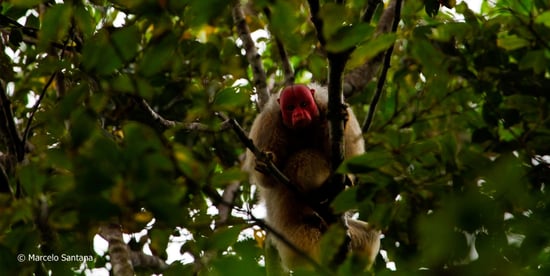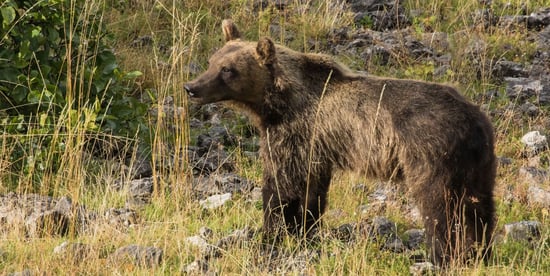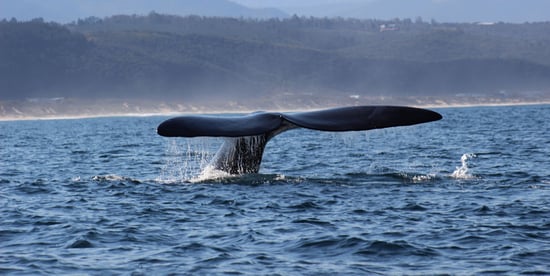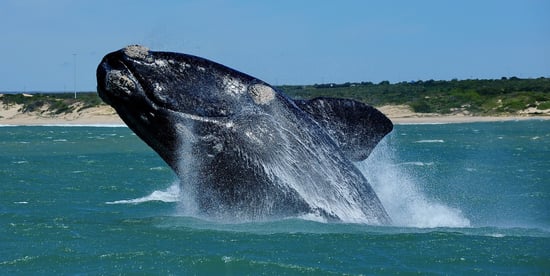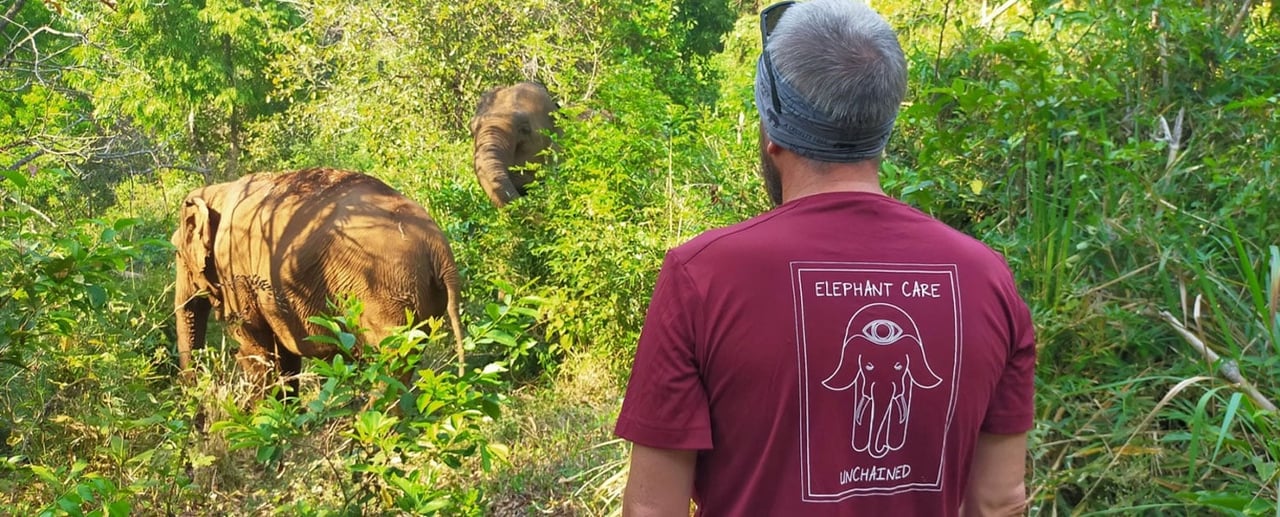
Wildlife Heritage Areas
Heritage Sites
Real responsible wildlife-watching destinations
Wildlife Heritage Areas is a global programme developed by World Animal Protection and the World Cetacean Alliance
Our vision
Recognising global destinations that offer responsible wildlife-watching tourism, incorporating high standards of animal welfare, sustainability, and nature conservation to ensure wildlife, ecosystems, and communities can survive and thrive together.
Our vision is a world where wildlife is not cruelly exploited for tourism. Where local communities play a powerful role in defining responsible wildlife watching destinations that the travel industry and tourists will embrace, to benefit animals, people, and place.
Helping to end biodiversity loss
One of our planet's most urgent issues is biodiversity loss, and the exploitation of wildlife in entertainment exacerbates this issue. The programme believes the power of communities can help to solve our planet’s most urgent issues. By coming together to reconnect with, protect and respect nature, Wildlife Heritage Areas can help turn the tide on biodiversity loss and wildlife suffering.
Setting a new global benchmark for responsible wildlife tourism, supporting communities in their efforts to deliver better outcomes for animals and people in the places they call home.
How to become a Wildlife Heritage Area
Wildlife Heritage Areas are designated only when there is sufficient evidence to meet the following criteria:
Respectful human-wildlife coexistence
The custodian community has developed, and seeks to continually improve, a responsible framework to manage the coexistence of wildlife and people.
Cultural significance
The Wildlife Heritage Area focal species or habitat is of exceptional significance to a culture or a people and is a key feature of a custodian community's identity.
Responsible wildlife tourism
The community providing wildlife experiences within the Wildlife Heritage Area utilises collaborative management and ongoing research to put the needs of wildlife before commercial interests.
Governance
The Wildlife Heritage Area is guided by an active steering committee representing the community. This steering committee has authority to make and implement decisions supporting the criteria and delivered through a management plan.
Management plan
The Wildlife Heritage Area steering committee has authority to make and implement decisions supporting the criteria and delivered through a management plan.
A global benchmark for responsible wildlife tourism
Each Wildlife Heritage Area goes through an application process developed by the Wildlife Heritage Network. This network includes specialist NGOs, wildlife experts, responsible tourism companies, and local communities.
Each member of the Wildlife Heritage Network agrees to our guiding principles, commits to timebound responsibilities, and undertakes training. Members interact with each other to exchange information and ideas, seek advice, and develop professional and social contacts.
The Wildlife Heritage Network sets a global benchmark for responsible wildlife tourism.
A guide for the industry and tourists
Ultimately, Wildlife Heritage Areas provide the travel industry and tourists with examples of identifying and supporting real responsible wildlife destinations with high standards of animal welfare, biodiversity conservation, and community well-being.
Reconnecting, protecting and respecting nature, Wildlife Heritage Areas will help turn the tide on wildlife suffering and biodiversity loss.
Applications are now open for submissions. Do you know an area that respects and protects wildlife and supports the local community?
Now is the time to join the community.
Current certified Wildlife Heritage Areas
The following locations are approved candidates and destinations under the Wildlife Heritage Areas programme:


